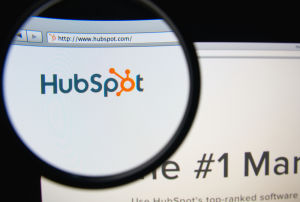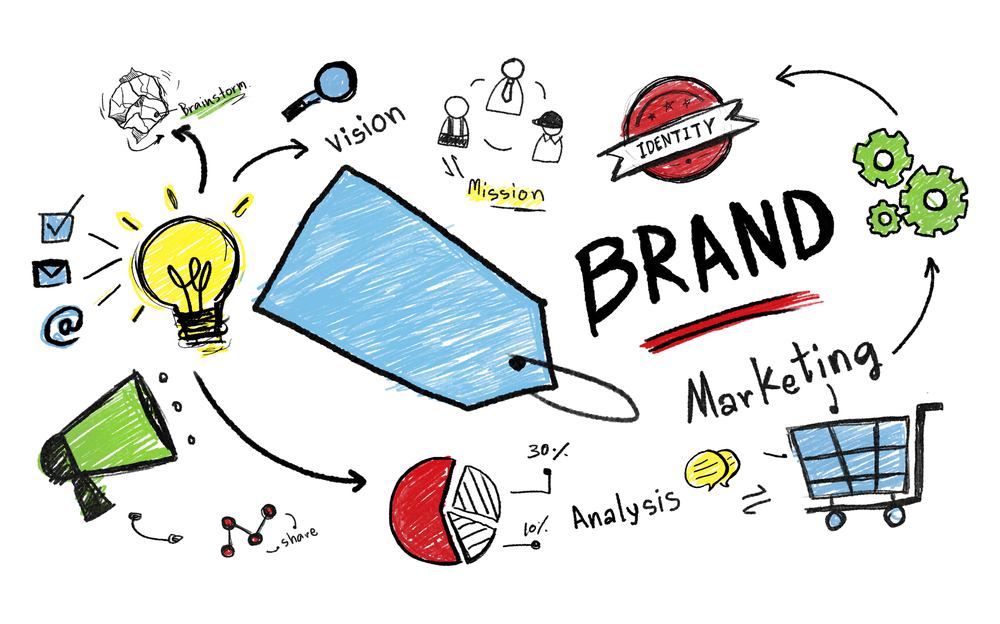Inbound marketing is nothing like ‘normal’ marketing. It generates business leads by attracting customers with content.
Inbound marketing turns traditional ways of communicating with potential customers on their head. Traditional or ‘outbound’ marketing consists of activities such as placing advertisements, buying databases and making cold calls to prospective clients.
It’s about investing in other channels to try to generate awareness and interest. Outbound marketing usually requires a hefty investment, and there is no guarantee that it will deliver qualified leads that will ultimately sell your product or service.
“By actively seeking you out, these visitors have already displayed an interest in your business.”
Inbound marketing, on the other hand, involves investing in your channels and attracting buyers who may already have shown an interest in your product or service.
They may find your business because you have posted engaging content on blogs, social media, and websites. They may also get you through the use of certain keywords that come up in an online search. Whatever the online journey, inbound marketing brings prospective customers to you.
“The strongest tool in building consumer trust is engaging and educational content.”
What impact will it have on business?
By actively seeking you out, these visitors have already displayed an interest in your business. If you reward them with the right content, you can build a relationship and over time develop a whole community that is well disposed towards your business.
In old-fashioned outbound marketing parlance, these prospects become warm leads rather than cold leads. Through the use of monitoring, CRM, and other tools, inbounding marketing continues the interest and engagement. And ultimately many of those prospects become customers.
What does all this mean for traditional businesses, particularly smaller ones?
Cost savings for a start. According to Hubspot, which produces inbound marketing and sales software, leads generated via inbound marketing cost 61% less than those generated by outbound marketing.
Inbound campaigns are more cost-effective than traditional campaigns. Whereas a quarter page advertisement in a local newspaper might cost you €500, a widely read blog post might have cost you nothing but time.
What’s more, the response to inbound marketing is more easily assessed. Analytics can show you exactly which online activities produced the best response.
How can a business attract interest among potential customers?
The strongest tool in building consumer trust is engaging and educational content. By establishing your business as a provider of solutions, and not a seller of products or services, the aim is to build longer term and more valuable customer relationships.
Related Resource
READ MORE: Five tips for writing a brilliant blog.
Images – Shutterstock & Gil C / Shutterstock.com. ⊕







